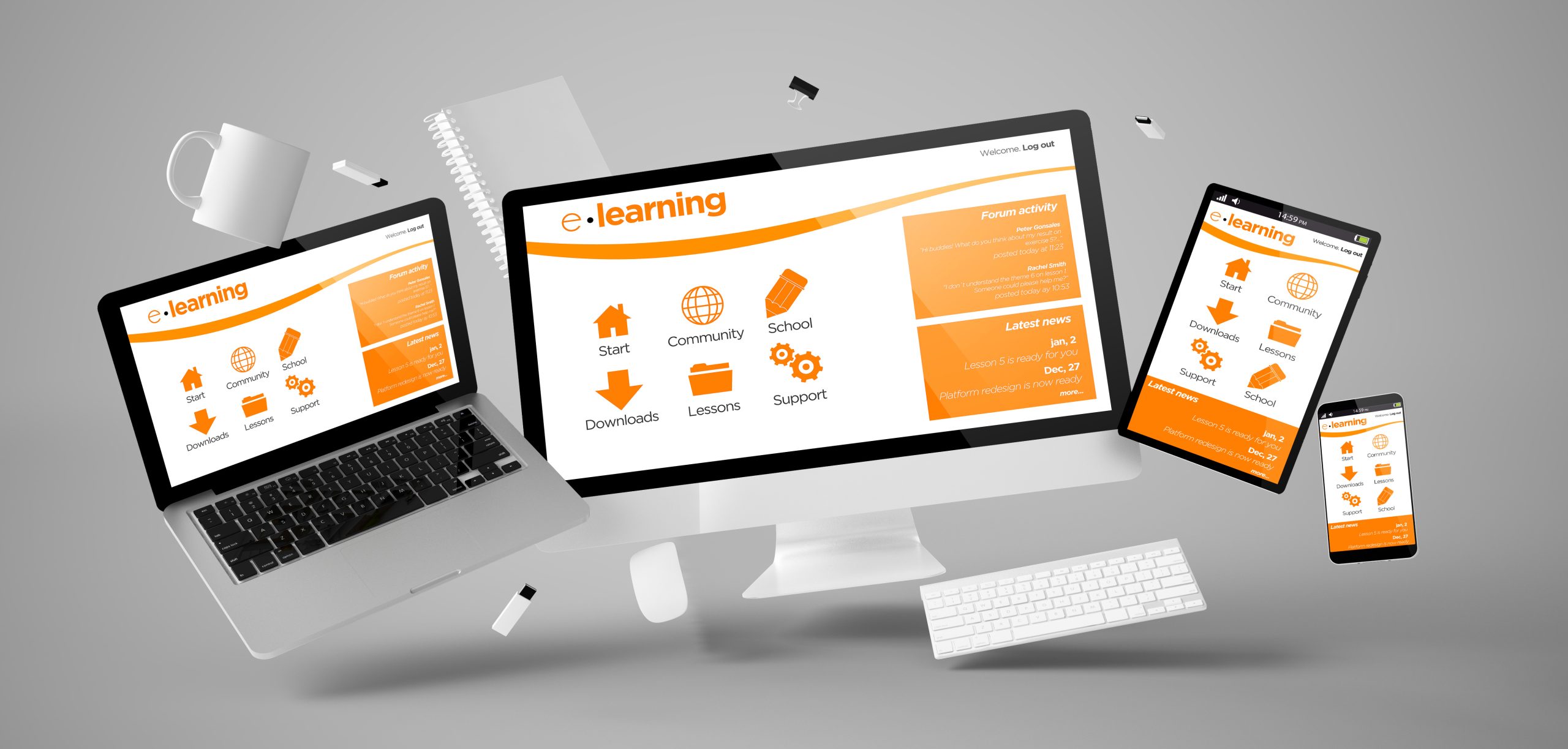Effective instructional design is the cornerstone of maximizing training ROI and driving organizational success. By strategically aligning learning initiatives with business goals, instructional designers can create programs that engage learners and deliver measurable results. Below are actionable strategies and insights to achieve this synergy.
Key Instructional Design Strategies for Business Impact
📌Scenario-Based Learning: Immersing learners in real-world scenarios enhances decision-making skills and behavioral change. For example, sales teams can practice client interactions in simulated environments, directly improving on-the-job performance.
📌Personalization and Self-Directed Learning: Tailoring content to individual roles or preferences increases relevance and engagement. Self-paced modules allow learners to prioritize topics critical to their job functions, optimizing time and efficiency.
📌Microlearning and Gamification: Bite-sized modules reduce cognitive overload, while gamification elements (e.g., badges, leaderboards) boost motivation. These approaches are ideal for busy employees needing quick skill refreshers.
📌Storytelling and Emotional Engagement: Narratives with relatable characters and suspenseful plots create memorable experiences. Learners retain information better when emotionally invested, fostering a deeper application of knowledge.
📌Simulations and Active Learning: Hands-on practice through simulations (e.g., software training) bridges the gap between theory and application. Immediate feedback loops ensure learners refine skills iteratively.
Measuring ROI: From Outcomes to Business Impact
To justify investments, instructional designers must quantify success using:
💸Cost Analysis: Track direct (course development) and indirect (time spent) expenses.
👩🏽💻Learning Outcomes: Pre/post assessments and Kirkpatrick’s model evaluate knowledge retention and skill application.
🧮Productivity Metrics: Reduced error rates or faster task completion indicate efficiency gains.
🎯Business Impact: Link training to revenue growth, customer satisfaction, or reduced turnover.
Aligning Learning with Business Strategy
| Define Clear Objectives | Map learning goals to organizational priorities (e.g., upskilling for market expansion). Use needs analysis to identify skill gaps and tailor content accordingly |
| Continuous Feedback and Iteration | Refine programs regularly based on learner feedback and performance data. For example, adjust leadership training modules if managers report challenges applying concepts. |
| Leverage Technology | Refine programs regularly based on learner feedback and performance data. For example, adjust leadership training modules if managers report challenges in applying concepts. |
| Social Collaboration | Foster peer learning through discussion boards or team projects. Collaborative environments reinforce knowledge retention and adaptability. |
Actionable Steps for Instructional Designers
✅Conduct Needs Analysis: Identify gaps between current skills and business requirements.
✅Adopt a Design Model: Pilot small-scale programs, test effectiveness, and scale successful models.
✅Communicate ROI: Use data visualizations to demonstrate how training contributes to KPIs like sales growth o




